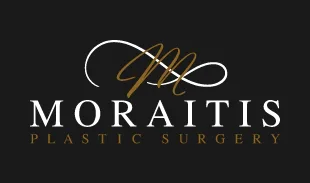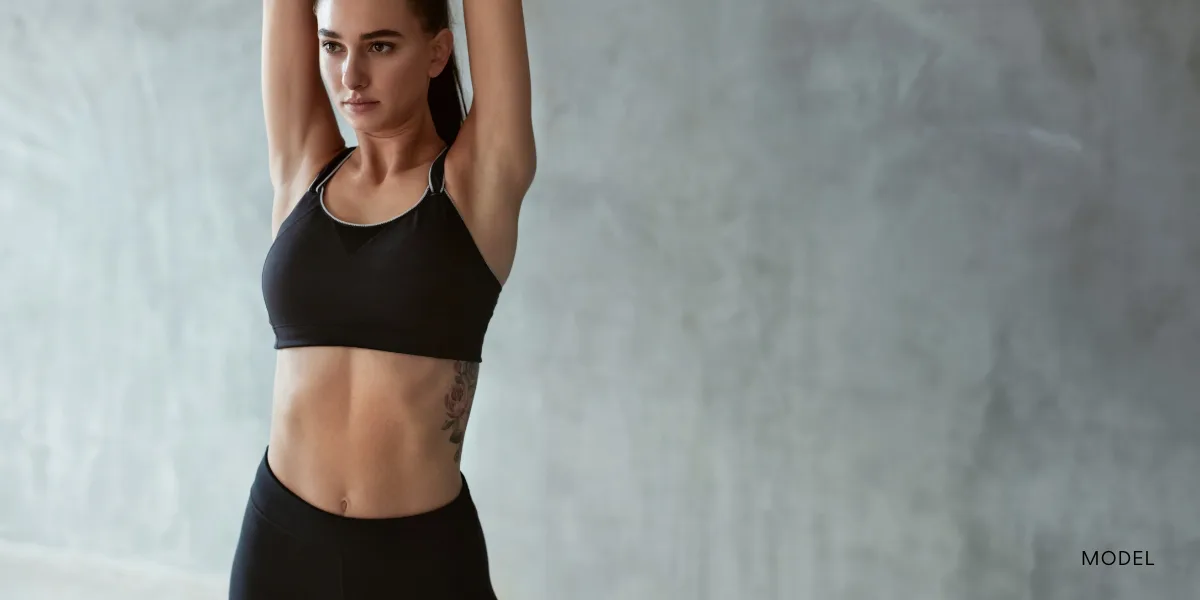Search Our Blog
Our Recent Posts
-


Arm Lift vs. Liposuction: Which is Right for You?
In our previous blog post, we explored the transformative benefits of brachioplasty for individuals struggling with excess skin and fat in their upper arms. However, another procedure often considered for…
-


Banish Bat Wings: Your Guide to Arm Lift Surgery and Achieving Sleek, Confident Arms
Excess skin and fat on the upper arms, often referred to as “bat wings,” can be a source of insecurity for many individuals. This loose skin can develop due to…
-

5 Things You Need to Know Before Your Mommy Makeover
For women who have had children, mommy makeovers are becoming increasingly popular because they allow you to regain your pre-pregnancy body. A set of procedures that typically includes a tummy…
-

The Skill of a Master Injector: Why It Matters at Moraitis Plastic Surgery
When considering cosmetic enhancements like dermal fillers or wrinkle relaxers, it’s crucial to prioritize safety and experience. At Moraitis Plastic Surgery in Palm Harbor, we’re proud to introduce you to…
-


CoolSculpting® for Men: Targeting Stubborn Fat and Sculpting the Physique
Maintaining a healthy lifestyle that incorporates a nutritious diet and regular exercise is a priority for many individuals. However, there are times when, despite these efforts, stubborn pockets of fat…
-

A Natural-Looking Surgical Facelift
A facelift is a surgical procedure to reduce wrinkles and eliminate excess skin. The results leave you looking years younger. However, many people fear that a facelift will make them…
-


The Benefits of Combining a Tummy Tuck with Breast Augmentation
The Benefits of Combining a Tummy Tuck with Breast Augmentation If you want to see a total transformation in your figure, you might need more than one procedure. This is…
-


Will Tummy Tuck Scars Eventually Go Away?
Are you considering tummy tuck surgery for loose skin or excess fat around your stomach? Also known as abdominoplasty, tummy tucks are one of the most popular plastic surgical procedures…
-


What Is “Drop and Fluff” and How Does It Affect My Breast Augmentation?
Last year, as people returned to work after the pandemic, both surgical and non-surgical cosmetic procedures saw a boost in popularity. According to the Aesthetics Society, there were 365,000 breast…